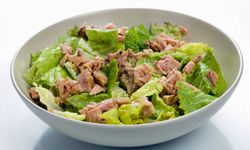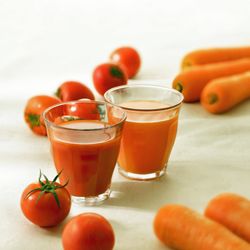Even if you can't tell the difference between a potato peeler and a paring knife, chances are there's some type of canned food in your kitchen pantry. Whether it's a can of soup squirreled away for a rainy day or a tin of sardines for a midnight snack, most of us rely on one type of canned ingredient or another.
Modern canning methods utilize fruits, vegetables and meats that are processed at their peak of freshness to retain flavor, nutrients, texture and color, and canning is a stable and reliable way to preserve food. It's so stable that some canned goods can be stored safely for up to five years under the right conditions [source: USDA].
Advertisement
You probably don't rely exclusively on canned goods for your dietary needs, but keeping a few canned ingredients in your pantry will make life easier and tastier.





